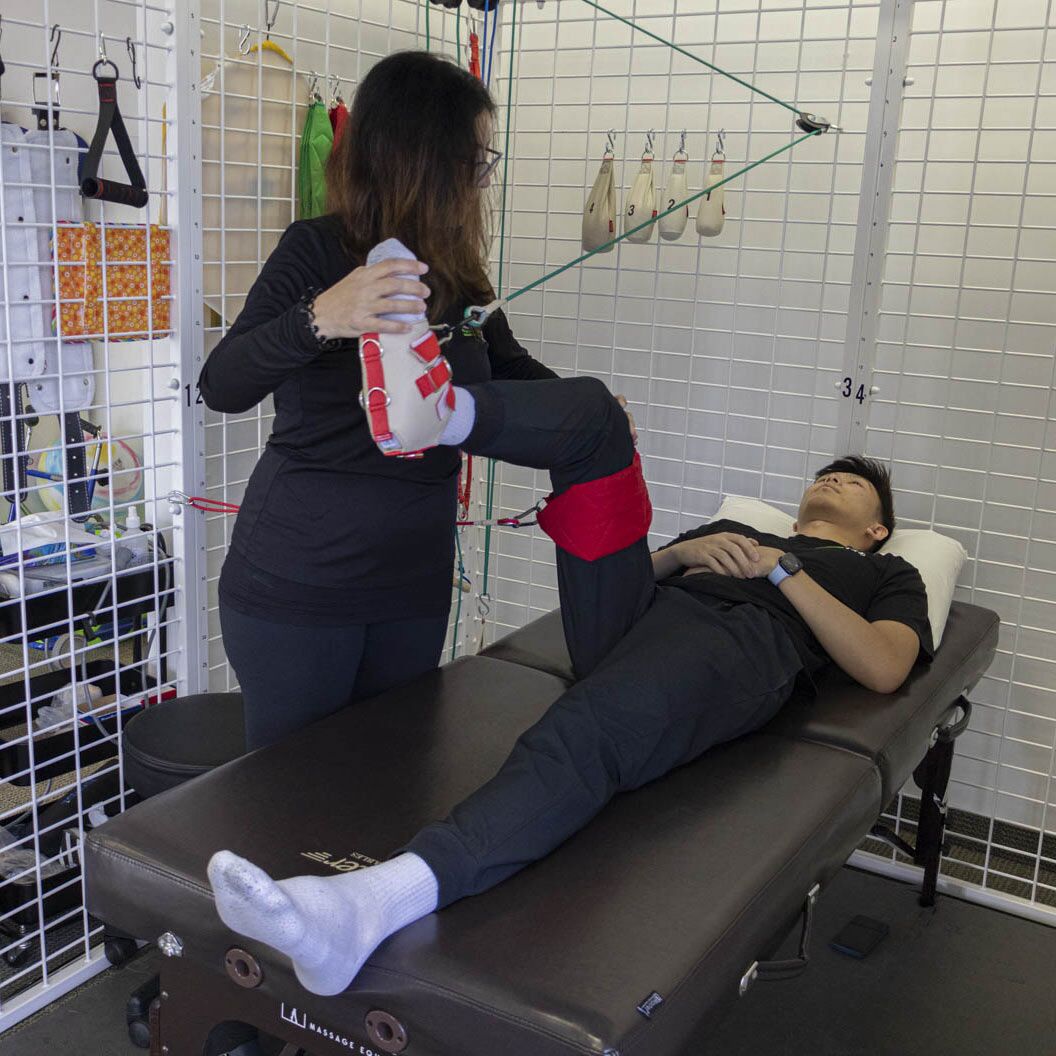Investigating the Varied Techniques of Physiotherapeutic Therapy for Enhanced Healing and Rehabilitation
Investigating the Varied Techniques of Physiotherapeutic Therapy for Enhanced Healing and Rehabilitation
Blog Article
Physiological rehabilitation is an important field that helps individuals heal from traumas, operations, and various health conditions. It involves a range of methods designed to improve movement, alleviate discomfort, and enhance general physical function. Physiotherapy practitioners are qualified experts who evaluate each patient’s needs and create customized care strategies. These plans often include exercises, hands-on treatment, and education about body movements. By employing these varied approaches, physical can significantly improve a person’s quality of living.
One common method used in physiotherapy is rehabilitative activity. This includes specific movements and exercises that assist strengthen muscle strength, improve range of motion, and increase endurance. For instance, a patient recovering from knee operation may engage in workouts that concentrate on rebuilding power in the lower limb muscles. These activities are carefully selected based on the individual’s status and goals. By gradually increasing the difficulty and challenges of the exercises, physiotherapy practitioners can help patients regain their power and mobility over time.
Another important technique is hands-on treatment, which includes hands-on approaches to adjust the body’s tender muscles and articulations. This can involve stretching, joint movement, and manipulation. Hands-on treatment seeks to alleviate discomfort, reduce inflammation, and enhance circulation. For example, a therapist may use light pressure to relieve stress in tight muscle groups or to help a joint function more freely. This method is often integrated with other therapies to enhance rehabilitation and promote recovery. Patients often find hands-on therapy to be a soothing and effective way to manage their discomfort.
In furthermore to exercises and hands-on therapy, education plays a vital role in physiotherapy. Therapists instruct patients about their issues find more info and how to handle them efficiently. This may include advice on proper alignment, body movements, and techniques to avoid future traumas. For example, a therapist might demonstrate a patient how to raise heavy items safely to prevent straining their back. By enabling clients with knowledge, physical practitioners help them assume an active role in their rehabilitation and encourage sustained health and fitness.
Ultimately, technology is progressively being integrated into physiotherapy practices. Devices such as ultrasound, electrotherapy stimulation, and immersive reality can improve traditional therapy approaches. These tools can assist alleviate discomfort, promote recovery, and offer engaging methods for clients to participate in their recovery. For example, immersive reality can generate immersive environments for clients to practice actions in a controlled plus secure environment. As technology continues to develop, it provides promising possibilities for improving recovery outcomes in physical.
In summary, physical includes a variety of techniques that work in unison to support rehabilitation and healing. Through rehabilitative exercises, hands-on therapy, client education, and the application of technology, physiotherapy therapists provide comprehensive treatment tailored to each patient’s needs. This comprehensive method not only helps clients recover their bodily abilities but also enables them to sustain their health in the long future. As more people acknowledge the benefits of physical, it continues to play a vital role in the pathway toward improved well-being and well-being.